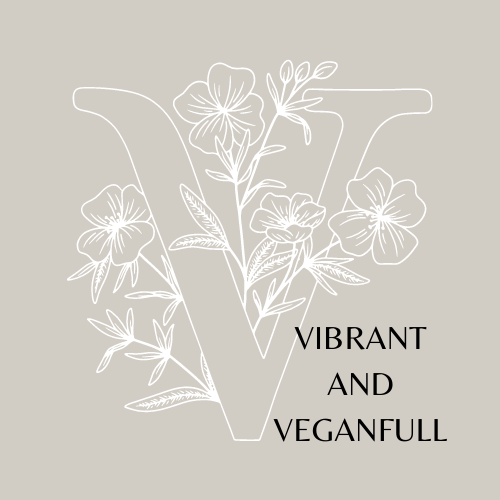Lao-Style Tempeh and Mushroom Larb
- Jamie Langes

- Sep 25, 2021
- 3 min read
Larb is a type of meat salad that is traditional to Lao (in fact, its the national dish), and is a stir-fried dish with herbs and souring agents to mix into a pleasant Asian meal. In this recipe, I substitute the meat for tempeh and mushroom, and combine with spices and fresh herbs to keep the heart of this texture and flavor profile of the original. Super fast and easy, it's also a great dinner option when you are low on time, but still want to maximize your ability to get dinner on the table; FAST! Tempeh is a great choice to power up your dinner with protein while keeping to the "quick cooking" availability of your time.

Sustainability Spotlight: Tempeh production starts with cooking and then fermenting soybeans and then forming them into a "meaty" block of protein, fiber and micronutrients. Fermenting the soybeans increases the protein content while decreasing the fat content. Not only is tempeh healthy for you, it packs all 9 amino acids to make a "complete" protein and rivals fish and eggs for amount of protein per serving.
Tempeh "...creates 94% less CO2 emissions than beef, 78% less than pork, and 62% less than chicken." according to BetterNatureFood.co. Those are wonderful stats for reduction of greenhouse gas emissions, but what's even better? According to a study published via Science Direct, an analysis of tempeh wastes (hulls, and wastewater from the processing) showed "...evidence that both tempeh waste and wastewater are rich in carbon and nutrient contents, thus their potential for both inorganic and organic nutrient and carbon sources for microbial growth in bioremediation or as natural...fertilizers is promising."
Bioremediation is an important note in the study because our soils and subsurface are widely contaminated with our industrial processes and their use of chemicals to manufacture goods and products long-term across the globe. Those chemicals have the potential to aggregate in the soils and require remediation. In some cases, it is not economically feasible to simply remove the contaminated soils; nor is it appropriate to just dispose of those contaminated soils in a landfill. A process of using microbes (the "biological" in bioremediation) to "eat" the contamination in soil and therefore remove the contamination (the "remediation" part - to make better / fix it) is essentially what is known as bioremedation.
Being able to utilize a food processing waste in a bioremedation effort to further clean our soils and subsurface is a perfect example of thinking sustainably. Solving problems of our past while reducing wastes and emissions from a food process for a product that also moves us away from an animal-based food society. If you haven't tried tempeh before, try it in this recipe (or several others on my blog) as one small change to lead the way towards a more sustainable future.
Ingredients:
1 tbsp vegetable oil
(1) 1 x 1 inch peeled and grated fresh ginger
3 garlic cloves grated
1 package buffalo tempeh (diced or crumbled)
1/2 large leek (cleaned and sliced)
7-8 baby bella mushrooms (chopped)
1 tbsp brown sugar
2 limes (juiced)
1.5 tbsp tamari (soy) sauce
2 tsp peanut oil
1 tsp dark sesame oil
1/2 Chinese cabbage (sliced / chopped)
1 handful cilantro (chopped)
1 small handful fresh mint (chopped)
Garnishes: thinly sliced jalapeno, radish and matchstick carrots
Directions:
Heat 1 tbsp vegetable oil in a large wok over medium-high heat. Once it shimmers, add ginger and garlic and saute ~1 minute until they become fragrant and starts to become golden.
Turn heat to medium and add tempeh through mushrooms to the pan. Saute for ~5-7 minutes until vegetables begin to soften.
While your vegetables are cooking, mix with a whisk in a small bowl the brown sugar through dark sesame oil. Set aside till vegetable cooking time is done.
Once your vegetables are softened, add the sauce mixture above to the wok. Stir to coat and add the cabbage through mint to the pan. Stir to incorporate the sauce and cook for ~2-3 minutes until the sauce has thickened and coated all vegetables in the pan.
Serve hot in bowls topped with the garnishes listed above.
With love and hope for a better future for all of us - Jamie




Comments